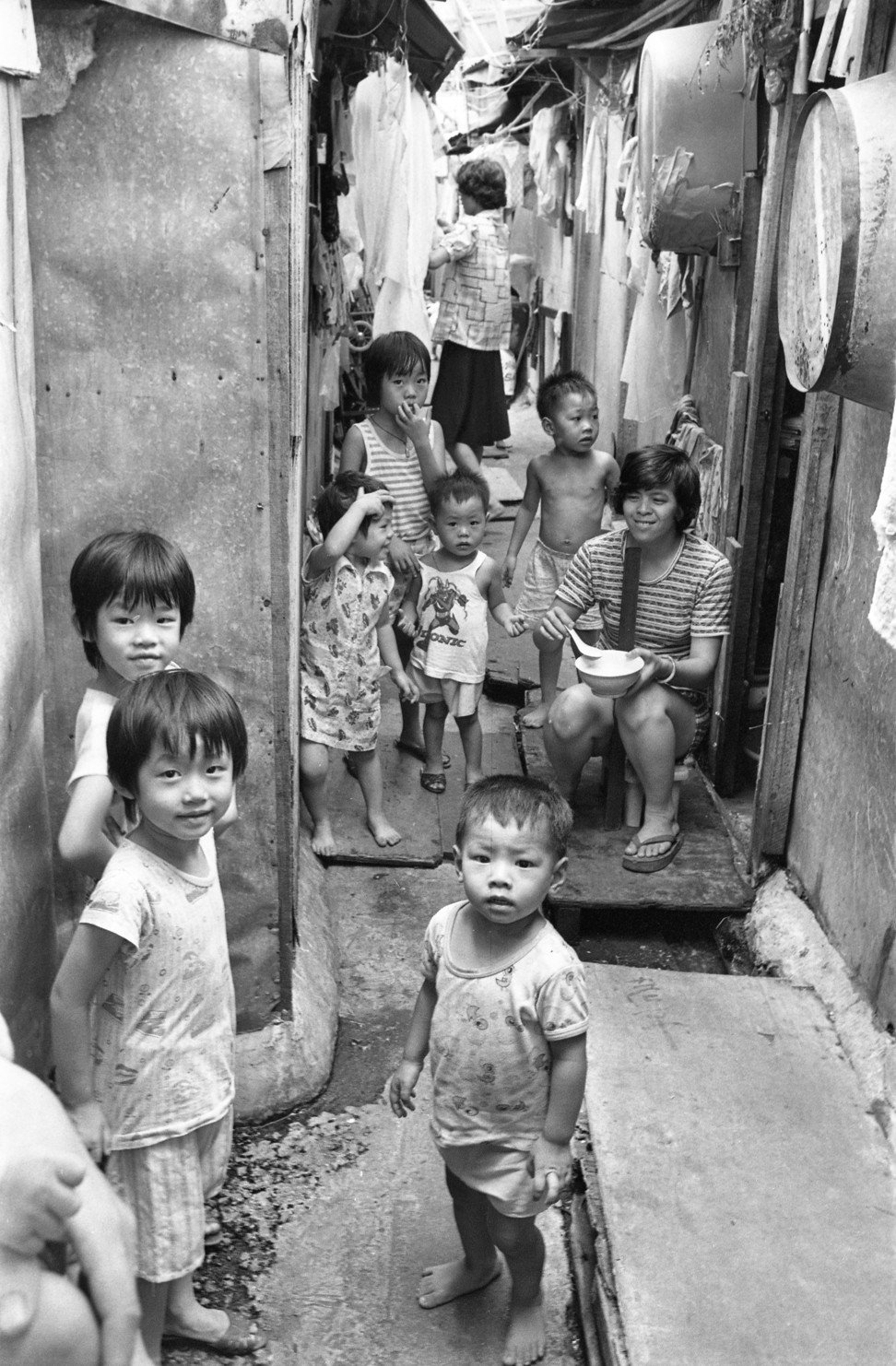
Hong Kong in pictures: when squatter huts covered hillsides
Housing has often been an issue in post-war Hong Kong; today we fret over sky-high prices, subdivided flats and micro apartments, but until quite recently squalid shanty towns of settlers from China were the problem
Residential property – and the lack of it – is never out of the news for long in Hong Kong. In recent times, the big issues have been the housing affordability crisis, the individuals and families forced to live in often squalid subdivided flats, and the ever shrinking micro flats developers are building.
Hong Kong history: the tunnels where Japanese hid from air raids in wartime – exploring one of the last vestiges of 4-year occupation
Turn back the clock half a century and the focus was on squalid squatter huts that sprouted in overcrowded shanty towns in many parts of Hong Kong Island, Kowloon and the New Territories.

Refugees flooded into the British colony from China in the 1950s and ’60s; in response, the government launched clearance programmes to move squatters out of their hazardous temporary homes and into newly built public housing estates.

The shanty villages, located around urban developments and on hillsides, lacked basic services and were at risk from fire, landslides and disease.

Photos from the Post’s archives show the extent and squalor of the refugees’ living conditions.

